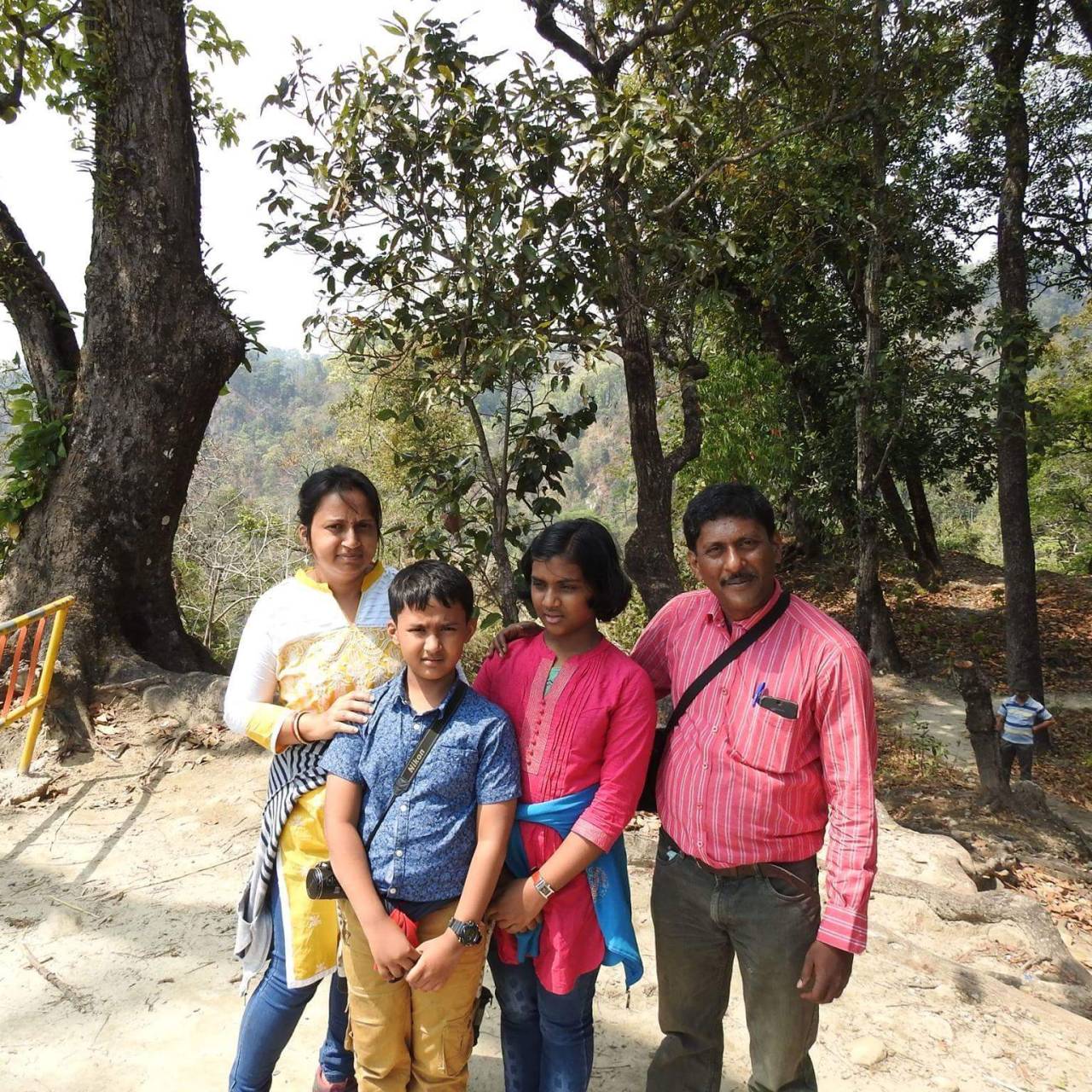Observation of the Week, 6/25/18

Our Observation of the Week is this female Red-tailed Spider Wasp dragging a paralyzed huntsman spider, seen in India by @rajibmaulick!
In the animal world, motherhood manifests itself in many ways, and as humans we tend to think of direct, nurturing care, such as bathing, holding, and feeding (in the case of humans, with food produced within the mother’s body). It all takes sacrifice, however; the mother has to give something of herself to ensure her offspring’s success. The same goes for insects, and in the case of spider wasps this can involve herculean tasks. Rajib Maulick witnessed and documented this, which you can see in the photo above.
“Nature and its activities always attracted and amused me since my childhood,” says Rajib. “[But] I only started recording my observations since 2014, when I had bought a digital camera.” He has added nearly 2,000 observations and over 11,700 identifications to iNaturalist since he joined in 2016, making him one of the top observers and identifiers in India.
A resident of Durgapur in West Bengal, Rajib says the area is “very rich in biodiversity as some parts of it are a part of Chotanagpur Plateau. There are a mixture of alluvial soil and laterite soil rich in iron.” He was “loitering in the Deul Forest” when he saw and photographed the Red-tailed Spider Wasp with her paralyzed spider (she paralyzed it with her stinger) and watched her “[drag] the spider for about 100 metres to its nest. It took rest for four times during the process.” Considering female Red-tailed Spider wasps are about 2 cm long, this means she dragged the spider about 5,000 times her body length - incredible!
So why would she expend so much energy and make herself so vulnerable to predators? Well, assuming no other females were laying in wait to steal it from her, she will deposit her eggs on it - in wasps, the ovipositor is the same organ as the stinger, so only female wasps sting - then cover it over. When her larvae hatch from their eggs, they will consume the nutritious (and, one assumes, delicious) still-living spider, saving its vital organs for last so they can keep it alive. When they have eaten enough, the larvae will then pupate in the nest and eventually emerge as adult wasps. Their mother’s hard work will have paid off with a beautiful, healthy brood.

Raijb (above, with his family in Buxa Fort, Alipurduar, West Bengal) says “I am thankful for iNaturalist and its involvement with learned individuals on almost all areas of flora and fauna. It is a wonderful platform for recording and refining one's observations. Man is mortal but our observations remain immortal in iNaturalist.”
- by Tony Iwane (Note that Rajib’s primary language is not English so his quotes have been lightly edited and condensed.)
- Check out Rajib’s short video of this wasp dragging her spider. It was not just doing this over flat ground!
- Red-tailed Spider Wasps often go after Huntsman spiders, also known as Giant Crab spiders. One species of Huntsman spider actually uses a unique “cartwheeling motion” to escape from predators!
- Spider wasps, or pompilids, are often quite beautiful. Here are the most-faved pompilids on iNat!





Comentários
Keep up the great observations @rajibmaulick -- I sure love seeing the animals and plants from India!
@sambiology thank you dear friend
Adicionar um Comentário